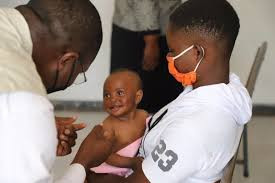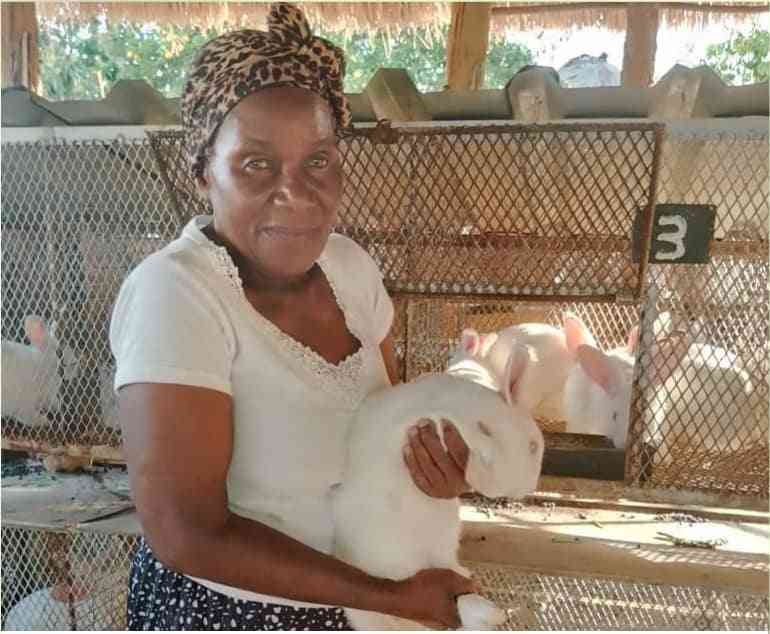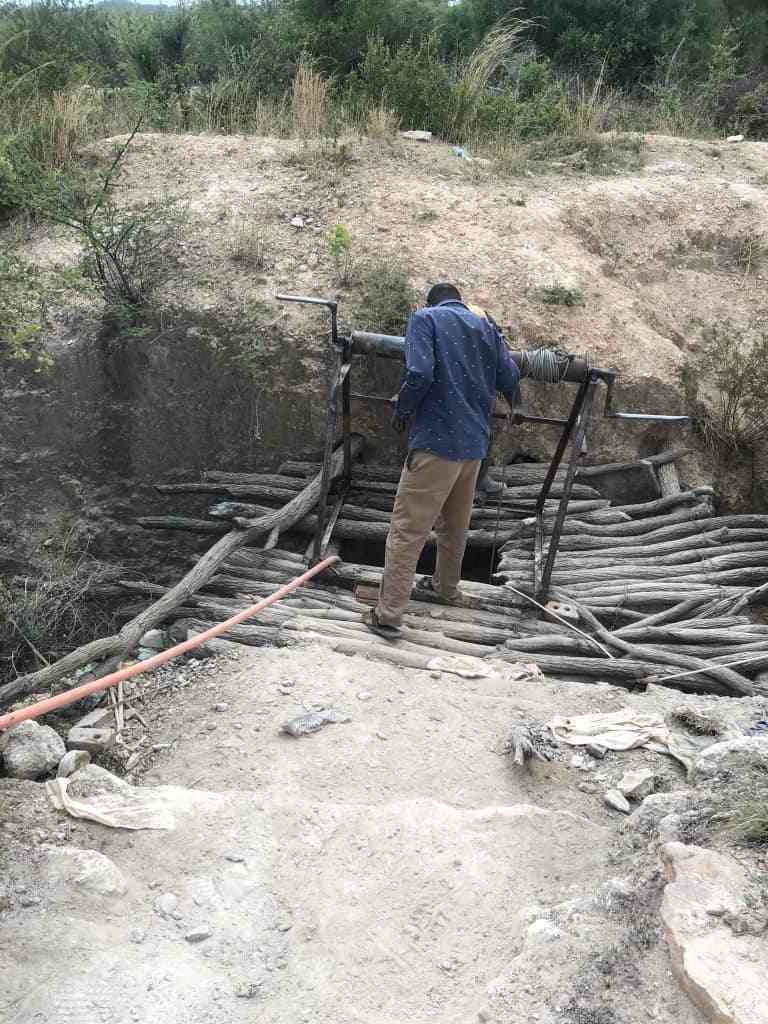
As Zimbabwe joined the rest of the world in commemorating World Patient Safety Day on September 17 last week, the message was clear that safeguarding the lives of new-borns and children must be a national priority.
This year’s theme, “Safe Care for Every New-Born and Every Child,” accompanied by the slogan “Patient Safety from the Start!”, places the youngest and most vulnerable patients at the heart of the conversation.
The campaign, spearheaded by the World Health Organisation, aims to galvanise action around the unique risks faced by children in healthcare settings.
In Zimbabwe, where systemic challenges continue to affect maternal and child health outcomes, the theme resonates with urgency. Cimas Health Group’s clinic manager, Rumbidzai Michelle Makamure, emphasised that the focus on children’s safety could not be timelier, given the persistent challenges in paediatric care delivery across the country.
“The theme is very pertinent to Zimbabwean paediatric and neonatal care,” Makamure explained.
“It reminds us that caregivers are central in children’s health. When families are actively engaged in treatment plans, medication schedules and follow-up care, safety out-comes improve significantly,” she said.
She noted Zimbabwe’s diverse cultural beliefs often shape how families seek care and that involving them meaningfully helps address misconceptions and supports adherence to safety practices.
Makamure stressed that resource constraints in the public health system make family involvement even more critical.
- Chamisa under fire over US$120K donation
- Mavhunga puts DeMbare into Chibuku quarterfinals
- Pension funds bet on Cabora Bassa oilfields
- Councils defy govt fire tender directive
Keep Reading
“With shortages in staff and supplies, involving parents in monitoring and reporting problems strengthens our safety nets.
Empowering families to recognise danger signs, such as neonatal distress or infection, is not just helpful, it is essential,” she said.
She added that creating safe channels for caregiver feedback can help identify risks early and drive quality improvements in facilities.
The realities of paediatric care in Zimbabwe are sobering. Hospital-acquired infections such as sepsis and pneumonia remain common due to hygiene gaps and supply shortages. Birth asphyxia continues to pose serious risks during delivery, often leading to long-term complications.
Medication errors, particularly in paediatric dosing, are exacerbated by weak protocols and limited training.
Staff shortages hinder timely monitoring, while environmental hazards such as overcrowding and poor sanitation increase exposure to harm. Malnutrition, too, complicates recovery and heightens vulnerability among young patients.
Makamure acknowledged these risks, noting that excluding caregivers from the care process leads to misunderstandings of protocols and missed opportunities for early intervention.
She emphasised that safety must be a shared responsibility between health workers and families, especially in under-resourced settings.
Zimbabwe’s health system has made strides in implementing safeguards for maternal and child health.
The National Health Strategy (2021–2025) prioritises this area, alongside the Reproductive Maternal New-born Child Adolescent Health plus Nutrition (RMNCAH&N) strategy and Emergency Obstetric and Newborn Care (EmONC) improvements aimed at safer deliveries and new-born care.
Health workers receive training in neonatal resuscitation and emergency protocols and referral systems are in place for complicated cases. Community Health Workers (CHWs) play a vital role in engaging families during antenatal, delivery and postnatal care.
Infection prevention and control measures are being strengthened and monitoring systems are helping track maternal and neonatal outcomes. Support from non-governmental organisations (NGOs) and international partners continues to bolster resources and capacity-building efforts.
Still, challenges remain. Staff shortages mean insufficient supervision and missed warning signs, Makamure said.
“Supply gaps in sterile equipment, essential drugs and diagnostics compromise care. Infrastructure weaknesses, such as overcrowded wards and poorly-maintained facilities raise infection risks. And financial barriers often cause families to delay or forgo care altogether,” she added.
She pointed out that inconsistent standards across facilities and underfunded community outreach programmes further limit the effectiveness of safety interventions.
Training for health workers is improving, but coverage varies.
National programmes such as Reproductive, Martenal, New-born, Child And Adolescent Health (RMNCAH) and Emergency Obstetric and Neonatal Care (EmONC) emphasise safe delivery, new-born resuscitation, triage and referral systems.
Ongoing mentorship and supervision are key to sustaining emergency readiness.
Makamure noted that health workers are increasingly equipped to detect and respond to paediatric emergencies, but everyone must continue investing in their own capacity. Parents and caregivers, she said, play a vital role in ensuring safe care.
“They are advocates who seek care and demand clarity on treatment. They monitor children’s nutrition, hygiene and vaccinations. They recognise early warning signs of illness and follow treatment plans. They engage with providers and share knowledge through peer groups and local initiatives,” she added.
Makamure described them as partners in care and community actors who help build a culture of safety from the ground up.
The information in this article is provided as a public service by the Cimas iGo Wellness programme, which is designed to promote good health. It is provided for general information only and should not be construed as medical advice. Readers should consult their doctor or clinic on any matter related to their health or the treatment of any health problem. — [email protected]/ WhatsApp: 0772 161 829/ phone 024-2773 0663.









